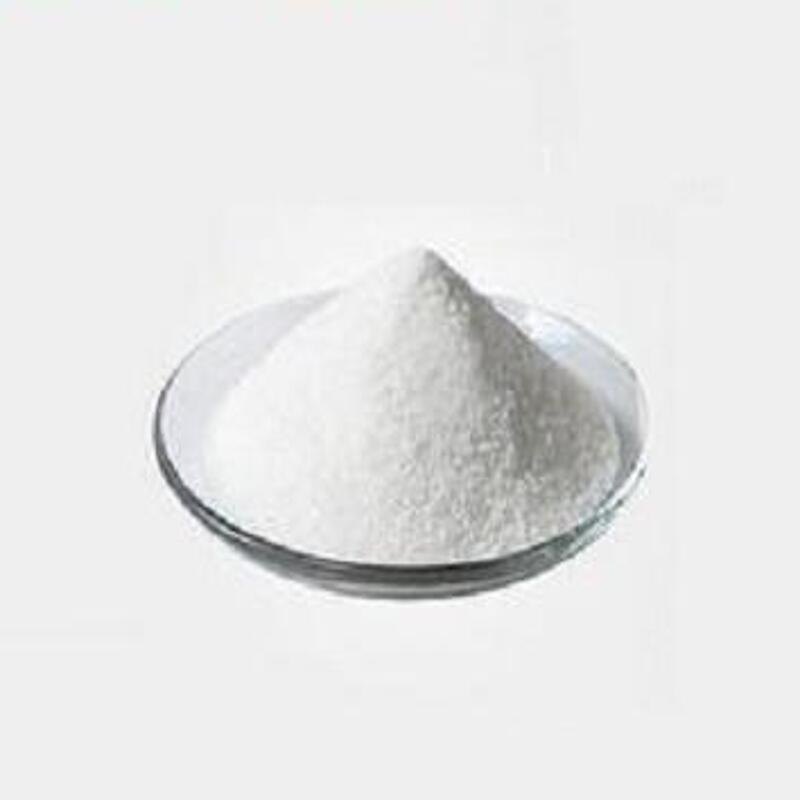-
Categories
-
Pharmaceutical Intermediates
-
Active Pharmaceutical Ingredients
-
Food Additives
- Industrial Coatings
- Agrochemicals
- Dyes and Pigments
- Surfactant
- Flavors and Fragrances
- Chemical Reagents
- Catalyst and Auxiliary
- Natural Products
- Inorganic Chemistry
-
Organic Chemistry
-
Biochemical Engineering
- Analytical Chemistry
-
Cosmetic Ingredient
- Water Treatment Chemical
-
Pharmaceutical Intermediates
Promotion
ECHEMI Mall
Wholesale
Weekly Price
Exhibition
News
-
Trade Service
β-Cyclodextrin is a cyclic oligosaccharide that is commonly used in the chemical industry.
It is produced through a multi-step process that involves the conversion of starch, a naturally occurring polysaccharide, into β-cyclodextrin.
One of the most common methods for producing β-cyclodextrin involves the use of methyl ethers, which is a chemical reaction that adds methyl groups to the starch molecule.
The production process of β-cyclodextrin via methyl ethers can be broken down into several steps.
The first step involves the hydrolysis of starch, which is done to break down the starch molecule into smaller, more easily processed units.
This step is done using hydrochloric acid, which breaks down the starch into its component glucose molecules.
Once the starch has been hydrolyzed, the next step is to convert it into β-cyclodextrin.
This is done using a chemical reaction called methylation, which involves the addition of methyl groups to the glucose molecules.
The methylation process is carried out using a chemical called dimethyl sulfate, which adds methyl groups to the glucose molecules to form methyl ethers.
After the methylation step, the methyl ethers are hydrolyzed to remove the methyl groups and create the β-cyclodextrin.
This is done using a chemical called sodium hydroxide, which breaks down the methyl ethers and releases the β-cyclodextrin.
The final step in the production process is to purify the β-cyclodextrin.
This is done using a process called crystallization, which involves cooling the β-cyclodextrin to remove any impurities or contaminants.
The purified β-cyclodextrin is then dried and packaged for use in the chemical industry.
The production process of β-cyclodextrin via methyl ethers is a well-established and efficient method for producing this important chemical.
It involves several steps, including the hydrolysis of starch, the methylation of the glucose molecules, and the purification of the resulting β-cyclodextrin.
The use of methyl ethers in the production process makes it possible to produce high-quality β-cyclodextrin in large quantities, making it an important chemical in the chemical industry.







